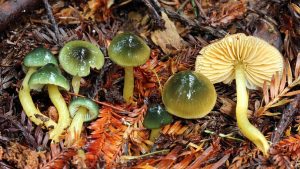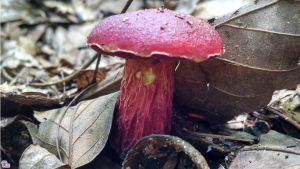#233: Phleogena faginea
Phleogena faginea is a bizarre little mushroom. This tiny grey-brown mushroom grows on wood or bark, making it rather difficult to spot. Even when you do find it, you’d probably think it’s a slime mold (FFF#053): the fruitbody features a round head on a small stalk, much like many slime molds. Despite that similarity, P. faginea is a basidiomycete and its closest relatives are the rust fungi (FFF#130) – something you probably wouldn’t guess by looking at the mushroom. P. faginea goes by the common name of “Fenugreek Stalkball,” which is a reference to its shape (ball on a stalk) and fenugreek or curry-like odor when dried.


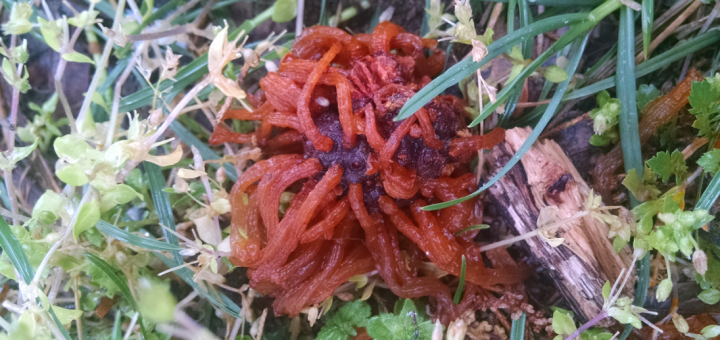
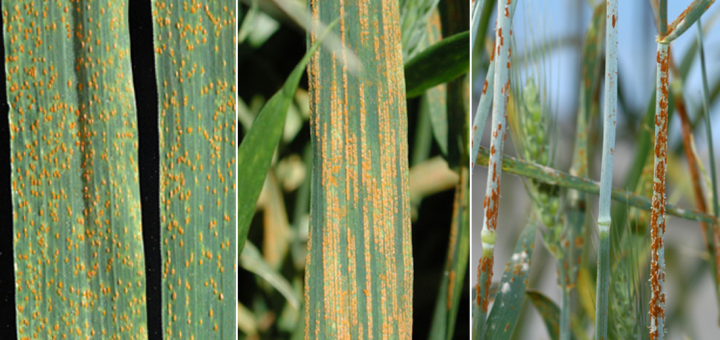
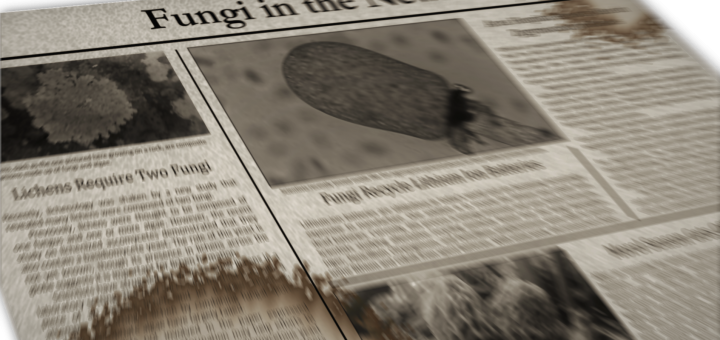
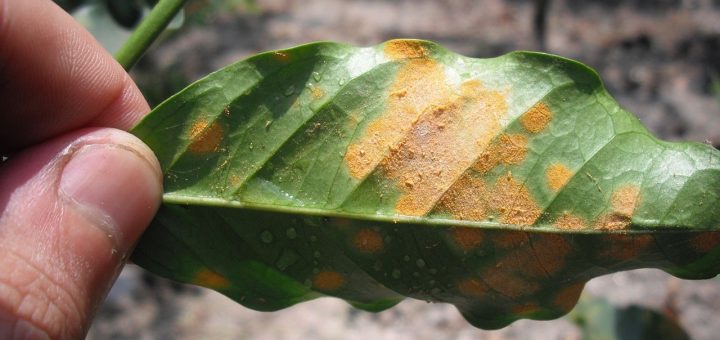






![#011: Characteristics of Kingdom Fungi [Archived]](https://www.fungusfactfriday.com/wp-content/themes/hueman/assets/front/img/thumb-small-empty.png)

